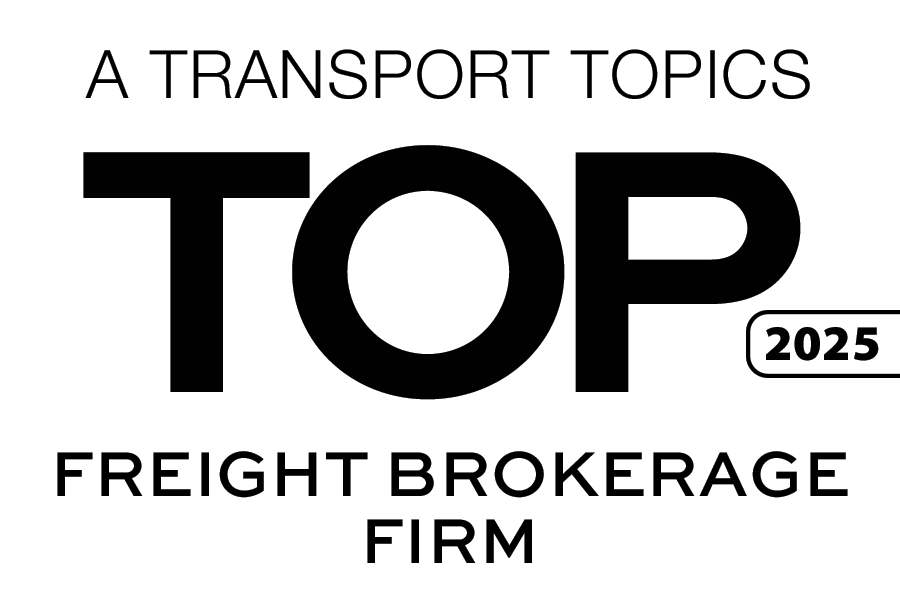Calm After the Storm: How the Freight Industry Is Rebuilding in 2025
May 20, 2025
 After nearly three years of steep decline, the freight industry appears to be entering a new phase. While some have referred to the recent market downturn as a “freight depression,” others argue that this characterization overlooks the dual-sided nature of transportation economics. For shippers, recent years have offered historically favorable rates, following an unprecedented rate surge during the early years of the pandemic. Now, as we progress through 2025, the industry finds itself hovering in a period of relative balance—neither booming nor collapsing, but cautiously stabilizing.
After nearly three years of steep decline, the freight industry appears to be entering a new phase. While some have referred to the recent market downturn as a “freight depression,” others argue that this characterization overlooks the dual-sided nature of transportation economics. For shippers, recent years have offered historically favorable rates, following an unprecedented rate surge during the early years of the pandemic. Now, as we progress through 2025, the industry finds itself hovering in a period of relative balance—neither booming nor collapsing, but cautiously stabilizing.
The transportation market is inherently cyclical. Since the dramatic demand spike in 2020-2021, rates plummeted and have since experienced a slow and steady recovery. Spot and contract rates remain in flux, bouncing within a narrow band as the industry awaits a decisive trigger that could define the next phase. Some believe we’re likely to remain in this holding pattern for the foreseeable future, particularly in the absence of significant changes in demand.
“This is going to end up being our transition year, and we’re going to go out in a much more positive tone than maybe we started,” says Chris Caplice, Senior Research Scientist at MIT.
Capacity continues to exit the market, but not rapidly enough to spark a major shift. On the demand side, there’s no clear sign of a sudden uptick. Add to that the ongoing uncertainty surrounding trade policy and tariffs, which seem to fluctuate as quickly as they’re announced, and you have a market in wait-and-see mode.
Will relative stability in today’s freight market pave the way for future growth? Learn more about emerging economic trends with the latest episode of the Stay In Your Lane Podcast.
Tariffs, in particular, remain a wild card. They are often implemented with the goal of reshoring manufacturing, retaliating against trade practices, or generating revenue. However, the unpredictable nature of tariff policy makes it difficult for manufacturers to justify long-term changes in supply chains. If a tariff can be reversed within months, moving production domestically based on it becomes a risky bet.
Despite some uncertainty, there are signs of cautious optimism. Import volumes and intermodal activity were up early in the year, driven in part by efforts to get ahead of potential tariff changes. But these short-term gains could easily be cannibalized by future volatility.
What will ultimately shape the next phase of the freight cycle? According to leading economists, there are only two forces that meaningfully move the U.S. economy: fiscal policy and consumer confidence.
 “Economic changes in the U.S. are only done by two different things: fiscal policy or consumer confidence. Any change in either is going to take three to five quarters before we realize or see the impact of it,” Caplice explains. This means that the full impact of policy decisions made now won’t be felt until late 2025 or even into 2026.
“Economic changes in the U.S. are only done by two different things: fiscal policy or consumer confidence. Any change in either is going to take three to five quarters before we realize or see the impact of it,” Caplice explains. This means that the full impact of policy decisions made now won’t be felt until late 2025 or even into 2026.
For this reason, 2025 is best viewed as a transition year: a time for the industry to rebuild and reorient itself. The chaos of recent years has given way to a slower, more measured pace. While there’s no guarantee of a sudden surge in freight demand, the stability we see now could be laying the groundwork for healthier growth ahead. As long as geopolitical developments don’t introduce new shocks, the freight market has a chance to regain its footing. This rebuilding year may not deliver explosive gains, but it provides a crucial foundation for a more balanced and sustainable freight environment in the years to come.
As businesses adapt to the evolving freight landscape, having the right logistics partner makes all the difference. Triple T Transport brings decades of industry experience, a robust network of reliable carriers, and a proven commitment to first-class service. Whether you’re looking to stabilize your supply chain, reduce costs, or build more resilient logistics operations, our team is here to help you move forward.














